Description
BPC-157
Description
BPC-157 peptide is made up of fifteen amino acids and it’s a partial chain of
the body protection compound known as BPC, which is isolated from
stomach juices in lab animals.
This peptide is renowned for its ability to improve digestive functions.
The peptide ameliorates digestive function by protecting the endothelium,
which is a grouping of cells which lines the inside surface of blood vessels.
In addition, it acts on the process known as angiogenesis, which helps new
blood vessels to form via existing blood vessels.
Studies also link this BPC-157 peptide with anti-inflammatory properties. In
test subjects (animal), the peptide regulates and controls blood flow within
digestive tracts.
BPC-157 is a sterile, non-pyrogenic, white lyophilized powder intended for
subcutaneous or intramuscular injection, after reconstitution with sterile
Water for Injection.
Mechanism of Action
During clinical studies on lab rats, BPC-157 was proven to speed-heal tears
in quadriceps muscles, as it also promoted faster healing of Achilles
tendons, damaged muscle tissue and crushed muscle tissue. It also helped
with recovery from torn muscles.
BPC-157 peptide has the power to promote effective tendon-to-bone
healing and superior healing of damaged ligaments. In addition, BPC 157
seems to protect organs and to prevent ulcers of the stomach. Side effects
in human trials are (to date) non-existent.
BPC is also believed to decrease pain in damaged areas. Those who suffer
from discomfort due to muscle sprains, tears and damage may benefit from
treatment with this peptide, once it is approved for usage in human
subjects.
This peptide falls under the classification of regenerative medicine.
In terms of its power to heal and prevent ulcer health conditions, it works to
heal stomach ulcers in those who have overused NSAID-type drugs. NSAID
drugs are non-steroid, anti-inflammatory drugs and they are classified as
pain relievers.
One clinical study explored this peptide’s ability to help laboratory mice with
skin burns to heal at a faster rate. The peptide was administered in a topical
fashion or via injection and it helped to heal burns in lab mice. These burns
were deep-partial skin thickness-type burns and they covered twenty
percent of the bodies of mice.
In addition, clinical trials demonstrate that BPC 157 has the capacity to heal
certain types of damage to the liver organ, which are triggered by alcohol
abuse. BPC 157 is non-toxic and promotes liver health without causing
unwanted side effects. As well, this peptide is effective on its own, so it
doesn’t require a carrier in order to provide its array of health benefits,
including the promotion of better liver health.
In terms of wound healing, the formula works wonders on an array of tissue,
from organs to muscles to ligaments to skin to tendons. Those who’ve
dabbled with this experimental peptide have found that it offers significant
tissue-healing benefits over a very short time frame, such as one week.
This pentadecapeptide is a gastric mucosal and works by sparking activity
of the peptidergic defence system in the human body. It seems to
counteract over-activity and inhibition of this body system, and works
without disturbing function of other systems, including the dopamine and
prostaglandin systems, as well as the somatosensory neurone system. This
capacity to stop over-activity and inhibition is believed to be the secret of
the peptide’s organ-protecting properties.
Adverse reactions
BPC-157 Peptide is generally very well tolerated by most individuals when
used at the recommended dosages of up to 500mcg per injection. It could
be repeated twice a day.
Instructions for reconstitution
Flip off the top of the peptide vial with your thumb. Use the alcohol swab to wipe the
rubber stopper of the peptide vial. Push the needle of the syringe into the middle of the
rubber stopper so it goes through the rubber and into the vial. Now, while angling the
needle so that the water for injection goes down the side of the glass, rather than
directly into the powder, inject the water for injection into the vial. Repeat this step until
you have the correct amount of water in the vial. The powder will dissolve quickly,
however it can help to gently roll the vial in between your fingers (do not shake the vial
vigorously). Remove the syringe and dispose of it. You should never re-use a syringe.
Dosage
Recommended dosage of BPC-157:
- 200 mcg once per day for healing purposes.
- Between 400-1.000 mcg, divided in two doses per day if issue is more severe.
Storage
- After reconstitution, may be stored for a maximum of 14 days in a refrigirator at 2°C — 8°C.
- Store vials in an upright position.
- Store in a refrigerator (2°C — 8°C). Keep in the outer carton in order to protect from light.
- For one month can be stored at room temperature.

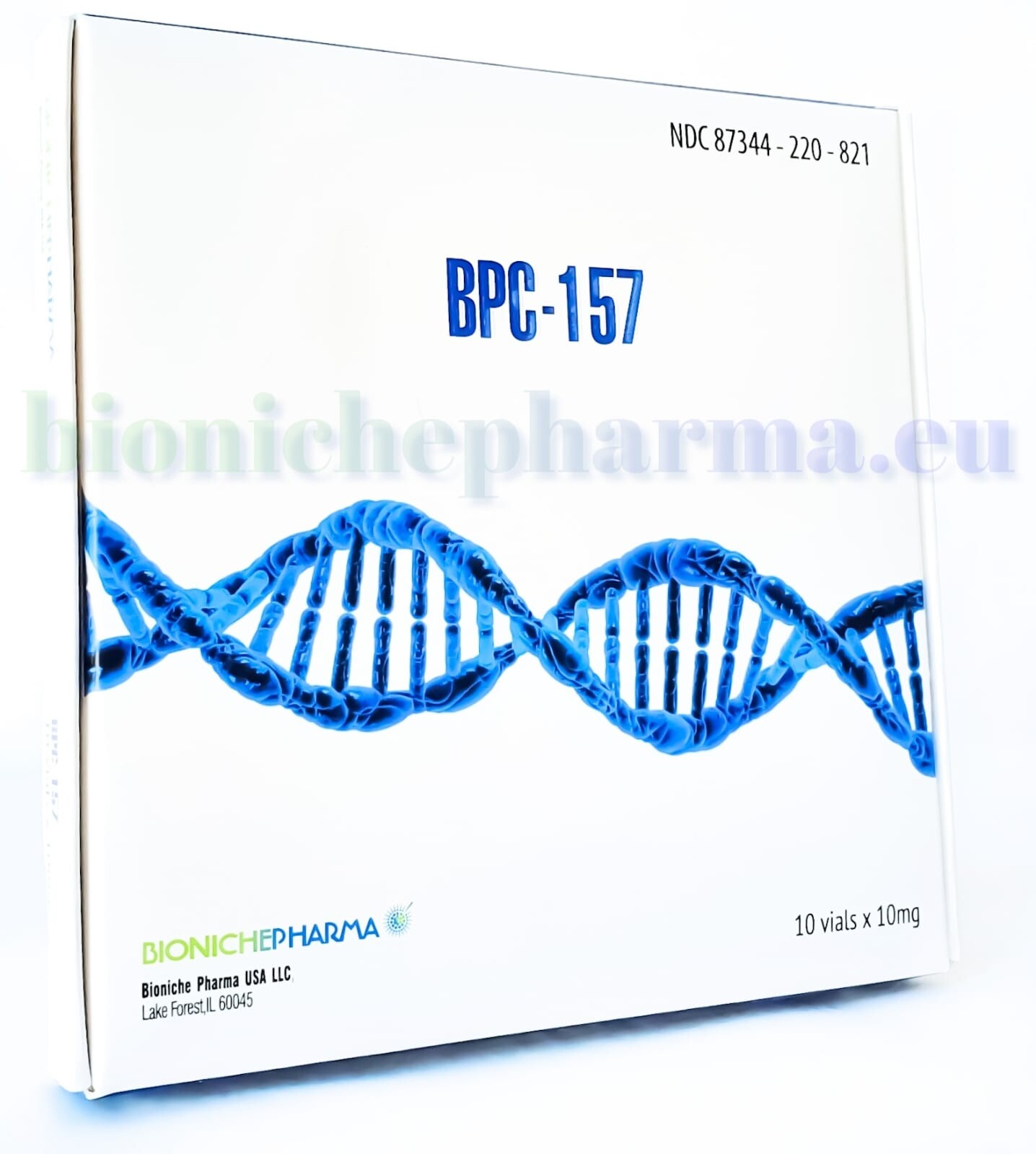
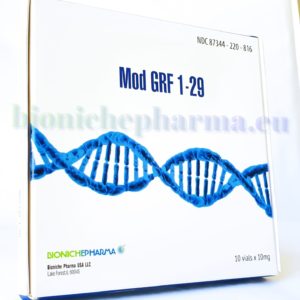
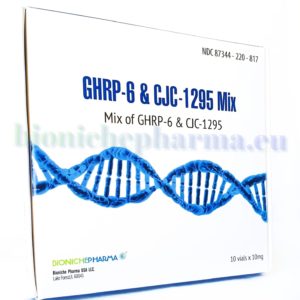
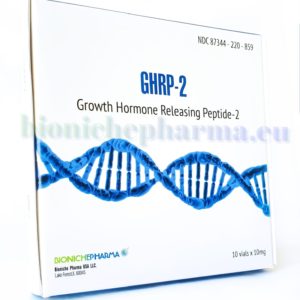
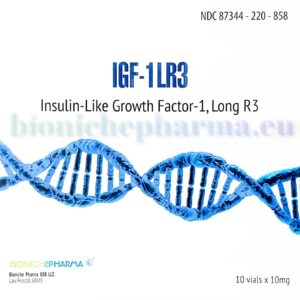
Reviews
There are no reviews yet.